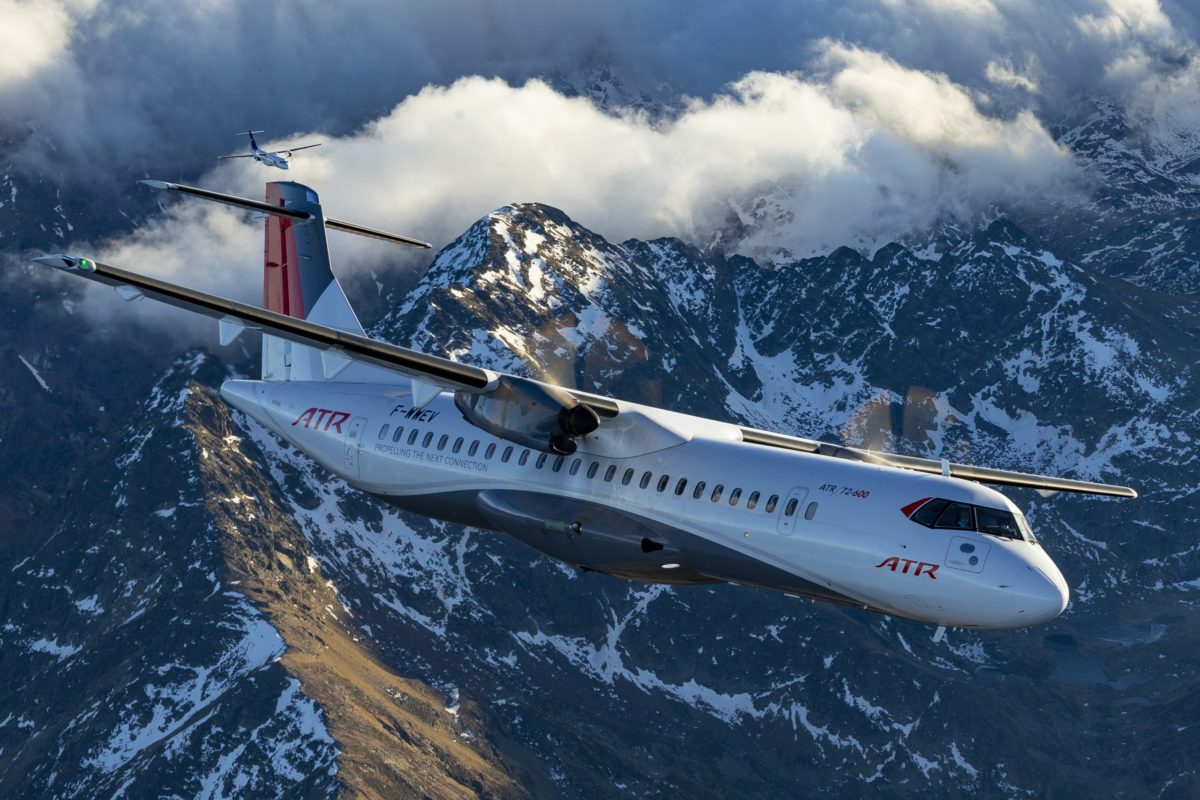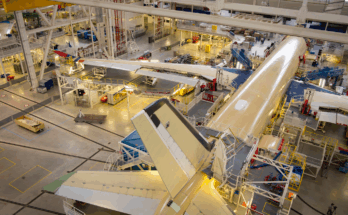
ATR aims to deliver a fleet of around 25-30 ATR 72-600 regional turboprops to the South Korean regional aircraft market over the next seven years. The manufacturer delivered its forecast for growth in the South Korean market during a media briefing on the first day of the Gyeongbuk Aerospace, Defense and Logistics Exhibition (GADLEX) in Gumi, South Korea.
“Korea has many underutilized domestic airports, and scheduled domestic flights are mainly north-south,” said Jean-Pierre Clercin, ATR’s Head of Commercial for Asia-Pacific. “ATR sees opportunity to develop east-west routes, linking communities living along the east coast to places in Korea’s western part.” He added that an ATR 72 carrying 78 passengers can operate from a 4,000 foot (1,200 m) runway in dry and wet conditions while following local requirements in development for scenic tourist locations like Ulleungdo Island off the eastern South Korean coast. Besides opening new regional routes in South Korea, ATR believes its aircraft can open new short-haul passenger and air cargo routes linking Korea to Northeast China and Southern Japan.
Regional turboprop airliners typically burn significantly less fuel and emit lower CO2 than a regional jet of a comparable capacity on routes of up to around 300 nautical miles. Turboprops also offer an external noise footprint three times lower than regional jets. However, passengers often prefer regional jets for their quieter interiors. The economic case for regional operators is often worth overriding passenger concerns about noise, since, as Clercin noted during his briefing, fuel accounts for 40 percent of a regional airline’s total cost base.
Deliveries of the ATR family plummeted during the COVID-19 pandemic as travel on regional routes collapsed in Asia, the Pacific region, Europe, and Africa – all major markets for the manufacturer. Deliveries totaled only 10 aircraft in 2020 but have been making a slow recovery since then.
A lifelong aviation enthusiast, Douglas Royce is currently co-editor of four of Forecast International's Market Intelligence Services: Civil Aircraft Forecast, Military Aircraft Forecast, Rotorcraft Forecast, and Aviation Gas Turbine Forecast. As such, he plays a key role in many important projects that involve market sizing and forecasting for various segments of the world aerospace industry, as well as demand for related systems.




